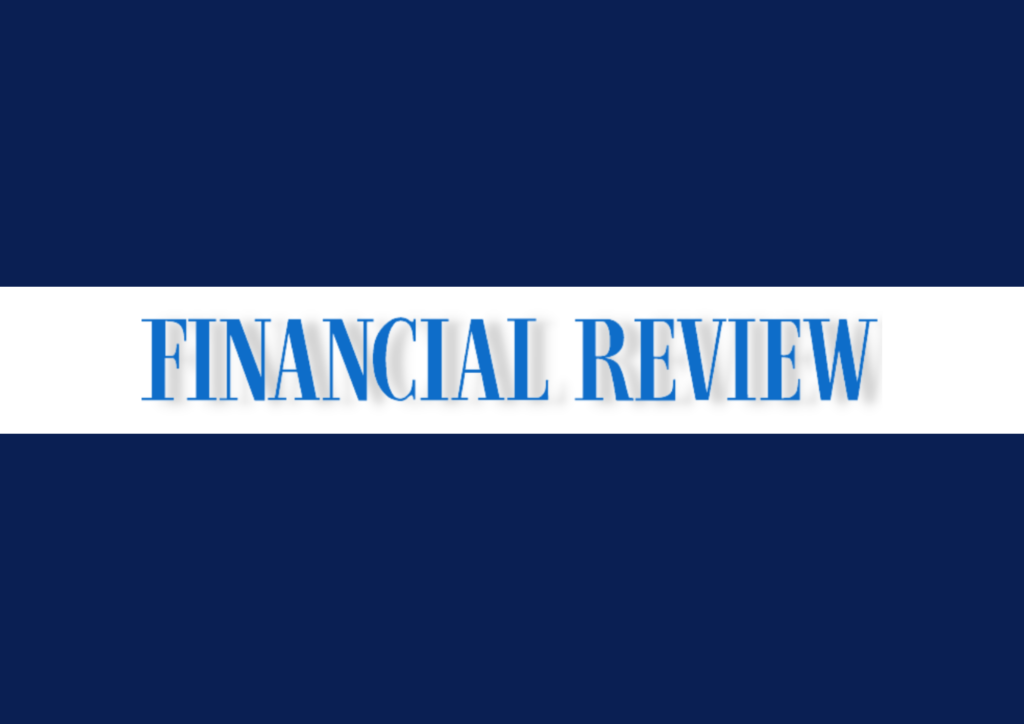
Article by Michael Read courtesy of the Australian Financial Review.

The federal government’s tax take is poised to hit its highest level in 15 years thanks to soaring resource sector profits and inflation pushing workers into higher tax brackets.
Veteran budget watcher Chris Richardson expects the May 9 budget to reveal tax revenue as a share of the economy will reach 23.8 per cent next financial year, which will be the highest level of collections since 2008.
In his latest forecasts, Mr Richardson tips tax revenue to hit $600 billion this financial year, or 23.6 per cent of GDP, and climb to $667 billion by the end of the four-year forward estimates in 2025-26.
“The economy is currently kinder to government finances than at any other time in the century-and-a-half since gold rushes dominated the economies of the colonies,” he said.
Mr Richardson forecasts a $96 billion increase in revenue since October due to a combination of a commodity-fuelled lift in company profits, better-than expected population growth and a strong jobs market delivering a boost in income tax.
The size of the federal government’s revenue base has increased steadily over the past decade, after plunging to 20 per cent of GDP at the onset of the Global Financial Crisis in 2008.
The former Coalition government operated under a self-imposed tax-to-GDP ratio limit of 23.9 per cent, but Treasurer Jim Chalmers has described such a cap as an arbitrary concept that was more about politics than sound economics.
“Clearly, as the economic conditions evolve, we take advice from the Treasury and from elsewhere about the most appropriate settings,” Dr Chalmers told the National Press Club last year.
“The arbitrary tax cap that the [Morrison] government has imposed … is something that they say to try to have a political argument rather than to try to generate a genuine economic outcome.”
The Morrison government came close to hitting the limit in its final year in office, with data released last week by the Australian Bureau of Statistics showing federal government taxation revenue as a share of GDP hitting 23.85 per cent in 2022-23.
Treasury estimates a slightly lower figure of 23.4 per cent of GDP.
Writing in The Australian Financial Review this week, Centre for Independent Studies senior fellow Robert Carling said he expected the federal tax take to exceed 24 per cent in future.
“And the only thing that might stop a new record being set for the national tax revenue ratio will be weakness in states’ property stamp duty revenue. Everything else is booming.”
The December quarter national accounts revealed that personal income taxes were now at a two-decade high of 15.7 per cent of household earnings due to bracket creep.
Economists expect this figure to continue to increase, with high wages growth turbocharging bracket creep and contributing to a fall in disposable income.
Households are unlikely to receive relief until July 1, 2024, when the stage three tax cuts come into effect.
Debate about the future of the former Coalition government’s tax cuts emerged in September, after Labor opened the door to scrapping or amending the package, before attempting to shut down the debate.
The controversial package will abolish the 32.5 per cent and 37 per cent brackets, introducing a single 30 per cent rate for incomes between $45,000 and $200,000, costing $254 billion over 10 years.